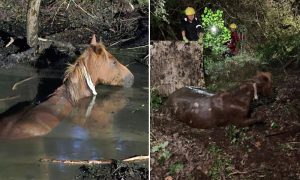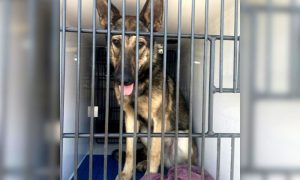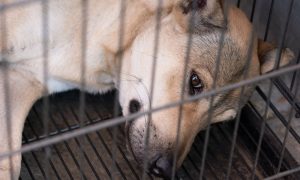The 2017 hurricane season brutalized several parts of the United States. Texas and Florida were each hit hard and underwent months of recovery work. But for residents of U.S. territory Puerto Rico — an area hit harder than anywhere in the mainland United States — recovery is still in the distance.
FEMA stopped delivering aid to Puerto Rico in January, but 11 percent of the island is still without power. The island’s economy can’t get back on its feet without electricity and the federal government shows no indication of doing anything. It’s time for private citizens to step up and help.
Rolling Blackouts
For residents of Puerto Rico’s capital, San Juan, power can go out at any time. Two of the island’s main power generation plants are still in need of attention to repair damage caused during hurricane season. Without access to the mainland for help, the work is slow going.
Officials say that they expect to restore the island’s badly damaged power infrastructure to full functionality by May. Governor Ricardo Rossello says he has a plan to privatize the island’s power company within 18 months, but for now, rolling blackouts are part of life in Puerto Rico and that has serious repercussions.
Business owners can’t make money without the ability to keep lights on. In some parts of the island, access to clean, running water has yet to be restored. For those living in affected areas, private aid can be the difference between a dignified existence and living hand-to-mouth.
Of all the stories from Puerto Rico, perhaps the most disturbing is what many women have had to endure on the power-deprived island. On top of the considerable stress of supporting families and themselves and contributing to recovery efforts, the influx of recovery workers has exposed the island’s female population to higher levels of sexual misconduct.
So, how can you get involved?
How to Help Puerto Rico
Depending on how you want to participate, you can choose to send funding or supplies or get involved with a boots-on-the-ground recovery operation.
- The Hurricane Maria Community Recovery Fund was set up shortly after the devastation hit. It works to award grants to parts of the community that were particularly affected by damage from the hurricane. You can donate at https://connect.clickandpledge.com/.
- The Center for Disaster Philanthropy is focused on the recovery needs of individuals and small communities. They also help provide mental health resources to persons living in areas like Puerto Rico and the Caribbean after natural disasters. You can donate at http://disasterphilanthropy.org/cdp-fund/cdp-atlantic-hurricane-season-recovery-fund/.
- Oxfam, The American Red Cross, and the International Medical Corps are a few examples of other organizations where you can donate cash.
- Operation Auga is an organization focused on providing clean water for residents of Puerto Rico who have gone without it since the storm. For just $30, you can donate a filtration system that can provide 24 liters of water a day to a family.
- UNICEF USA is also fighting the battle for clean water by donating kits in affected communities. The kits contain water purification tools, water containers and essential sanitary products. You can learn more about UNICEF’s efforts and donate to their cause at the Help Save Children’s Lives website.
Volunteering to provide help yourself is, of course, also appreciated, although it can be complicated to get involved. Right now, people are in need of legal assistance filing claims for assistance from FEMA. If you have legal experience and want to get involved, go to Ayudalegalpr.org to learn more.
Finally, those who want to learn how to help with on-the-ground efforts can do so through organizations like Voluntary Organizations Active in Disasters (VOAD) or Connect Relief. Bear in mind that getting invited to partake in organized volunteer efforts will be a more complicated process, but ultimately very fulfilling and important if you can make it happen. Every effort is appreciated.






